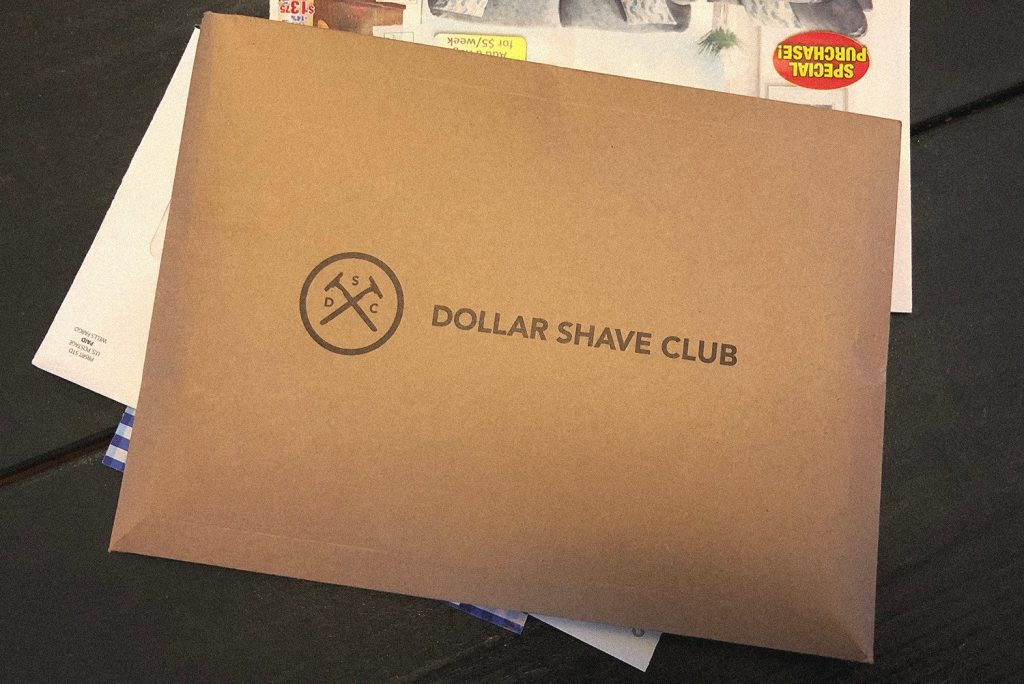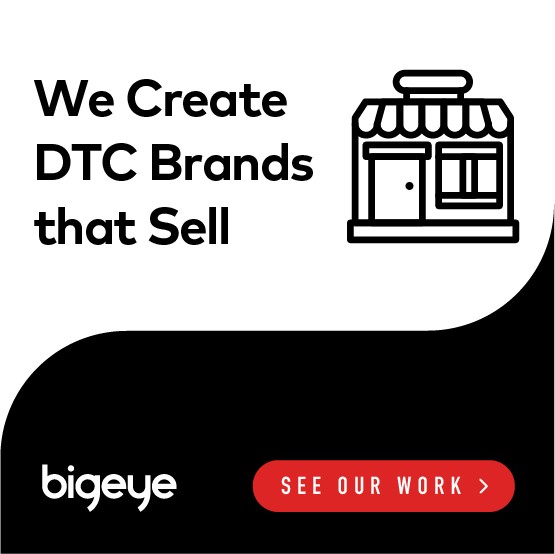
How successful DTC marketing companies use flexible plans, content, and pricing to attract and retain their valued customers.
To improve returns on direct to consumer advertising, why not consider a subscription model? After all, it can help improve your company’s typical customer experience by offering convenience and discounts. At the same time, it’s likely to dramatically increase retention. Find out how to add recurring revenue to your D2C marketing plan in order to enjoy faster and more sustainable growth.
How to maximize subscriptions to your DTC marketing plan
Look at a popular example of a company using direct to consumer advertising for a subscription service. According to Core DNA, a D2C marketing agency, Dollar Shave Club enjoys an incredible 50 percent retention rate after 12 months. Even after two years, that figure only drops to 25 percent.
Combining an outstanding retention rate and recurring revenue fueled their rapid growth. Look at the example of Dollar Shave Club and some other successful DTC companies to gain some inspiration.
Flexible subscription options can overcome objections
Since Dollar Shave Club engaged in DTC marketing, they could offer some flexible options that may have contributed to their retention rate. For instance, they have a “Not-So-Hairy” option that lets customers skip months. It’s interesting to note that they tend to take in more transactions on the second month than the first one. Customers might already have blades for the current month, and this option can overcome that objection.
In any case, it’s always a good idea to figure out the market’s possible objections and pain points. Adding in some flexibility to help maximize benefits and prompt quick purchases can help attract more reluctant shoppers.
Subscription pricing tactics to reduce competition
Because Zuora provides subscription apps to online retailers, they’ve paid attention to the effectiveness of various pricing strategies. In Zuora’s view, competing on the price of a basic subscription may be inevitable for some products. Their best advice to a product marketing agency with stiff competition may be to keep prices as low as possible for the first subscription. Then try to maximize revenues with possible upsells.
Of course, they also offered the example of T-Mobile. Instead of solely competing by price, the mobile carrier was one of the first to sell their services without requiring a contract, which helped them double their subscriber base within three years.
They still have subscribers who pay monthly fees for services, and often, for extra insurance and to pay off their phones. After getting a phone, many customers also decide to add a tablet or accessories. Their strategy provides an example of a company that offered more flexibility in order to maximize customers and the potential for upsells.
Consider using content for marketing DTC subscriptions
A more traditional consumer marketing agency may suggest using mostly paid ads to gain brand recognition and attention. In particular, a startup marketing agency could advise very new brands that they need to sell products as quickly as possible to start driving revenue. That can work; however, a lot of companies have enjoyed success by using an inbound, content-driven marketing scheme to attract their audience.
Some companies even start with content before they ever offer their products by subscription. As an example, Glossier sells beauty products directly to consumers. The founder, Emily Weiss, started with a beauty blog and strong social media and video presence that offered insights about celebrity beauty rituals. Her content strategy also allowed her to connect with plenty of online influencers.
Only after the blog attracted 15 million views each month, Ms. Weiss decided to develop her beauty company. By that time, she already had a huge, loyal audience. Even better, she had gotten to know her market very well.
Other brands do it the other way. They begin their product brand and then develop online and in some cases, offline content. Popular kinds of online content include blogs, videos, and even webinars. For offline content, businesses might sponsor such relevant events as demos, classes, tables at festivals, or booths at trade shows.
Benefit from loyal customers and brand ambassadors
Word-of-mouth marketing still performs very well. By offering a referral program, a DTC subscription business can recruit an army of brand ambassadors from its own satisfied customers. Also, the nature of recurring revenue can make it easier to entice customers to spread the word by offering them recurring discounts or rewards every time their recruit’s subscription charges them.
And since recurring customers can offer businesses a high lifetime value, it’s worth an investment to keep them. Loyalty programs can motivate customers to stay subscribed by providing them a way to earn discounts, reward points, or free gifts every time they get an order.
Work to create the best customer experience with subscription plans
Of course, customers enroll in subscription plans to enjoy convenience and discounts. Businesses should learn about their customers to deliver the best possible experience and overcome potential objections. Some succeed by offering very simple options to maximize efficiency and avoid overwhelming people. Others provide a variety of plans to try to satisfy different kinds of customers. Finding the perfect balance may require some testing and surveys.




